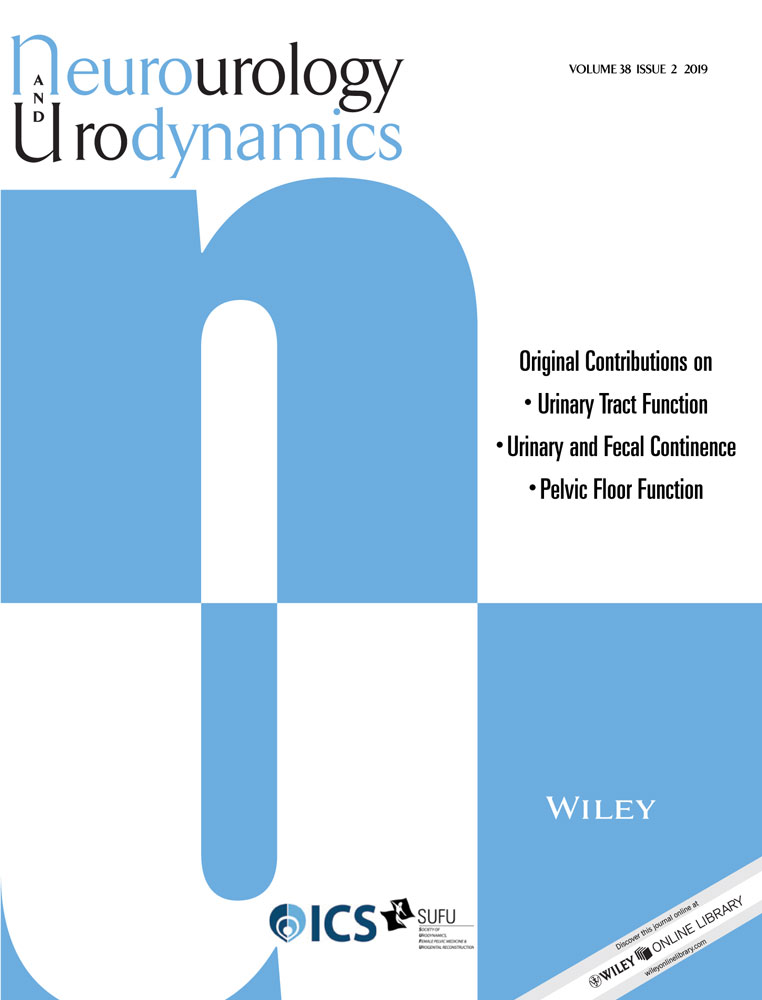Three-dimensional finite element analysis of the pelvic organ prolapse: A parametric biomechanical modeling
Abstract
Aims
To evaluate the role of soft tissue and ligaments damage and level of pelvic muscles activation versus intra-abdominal pressure, on pelvic organ prolapse.
Methods
This was a computational modeling based on the finite element analysis. Three pelvic muscles, four pelvic ligaments, and three organs (urethra, vagina, and rectum) were simulated. The model was subjected to total 41 472 analysis cases including three intra-abdominal pressures, two damaging levels for the ligaments, three damaging levels for the muscles, and four intentional levels of activation for muscles.
Results
Increased intra-abdominal pressures caused significant statistical increase of the pelvic organ prolapse (P = 0.000) up to 10 mm downward. Ligaments’ defect had no statistically-significant effect on prolapse of the organs (P = 0.981 for rectum, P = 0.423 for urethra, and P = 0.752 for vagina). Damage in the pelvic floor muscles and low intentional level of activation also deteriorated the prolapse (P = 0.000).
Conclusion
Increase of the intra-abdominal pressure (IAP) as may be existed during pregnancy or physical activity increased the organ prolapse. Damages of the ligaments caused less effects on the prolapse. Loss of the passive properties of the muscles which is probable after delivery or aging moderately deteriorated the prolapse disorder. However, activation of the pelvic floor muscles prevented the prolapse. Different recruitments of the muscles, specifically the pubococcygeus (PCM), could compensate the possible defects in other tissues. Targeted pelvic floor muscle training (PFMT) could also be effective in older adults due to considerable role of the pelvic muscles’ intentional activation.




